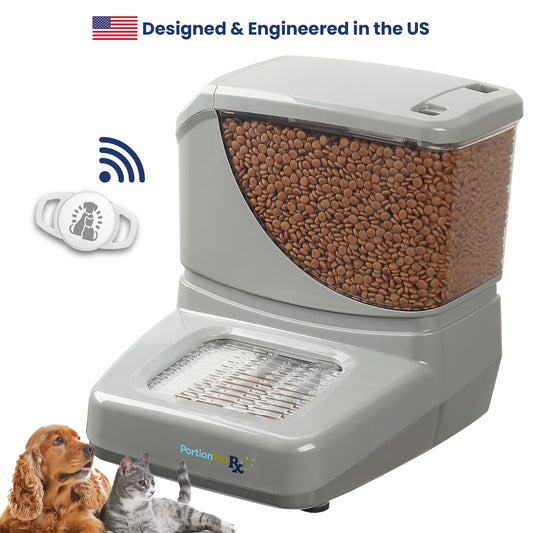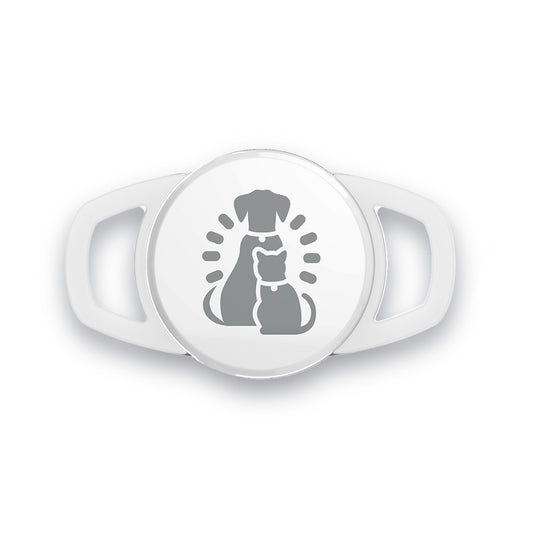Learn how microchips work, which ones are compatible with the PawsPik RFID Pet Feeder, and how they’re helping prevent food stealing.
Today we’re going to be answering every pet parent's questions surrounding microchips, what they do, and how they work to make the PawsPik Automatic Microchip RFID Pet Feeder possible.
What is a Microchip?
A microchip is a small electronic device about the size of a grain of rice, which is implanted under the pet’s skin with a unique identification number to help reunite lost pets with their owners. The way that it works is by passing a scanner over the area where the microchip is implanted to activate the radio waves within the chip to identify the unique identification number. While microchips are primarily used for RFID Identification for lost pets, latest advancements within the pet industry have begun to utilize microchips for automatic pet feeders as well. The PawsPik Automatic Microchip RFID Pet Feeder is one of these latest advancements as microchip feeders such as ours utilize the chips already implanted into your pet to help manage access control and limit food stealing.
What are the Different Types of Microchips?
For the pet industry, there are three main types, each which are distinguished by their different frequency levels. The three types include 125 kHz, 128 kHz, and 134.2 kHz. kHz Stands for KilHertz and is the unit of frequency that the chip runs on. For the 125 kHz chips, these are the oldest frequency in the US, and are also the most commonly used throughout the United States, though they are not compatible with all scanners.
The second type of microchip frequency that is the most common on a global scale is the 134.2 kHz frequency, also commonly referred to as the International Standards Organization or ISO, is recognized internationally and can be read by all scanners. This is also the same frequency that the PawsPik Automatic Cat Feeder utilizes in order to be the most internationally friendly option for pet parents.
The final frequency is 128kHz which was introduced in 2007 and is the rarest of all the frequencies and is capable of being scanned by some scanners, but not all.
How do I know if my Pet’s Microchip is compatible with the PawsPik RFID Feeder?
If you are unsure whether or not your pet’s microchip will be compatible with our microchip cat feeder, don’t worry! The feeder is designed to work with ISO-compliant microchips that meet these standards, most of which are 15 digits. If you’re unsure about whether or not your pet’s microchip meets these standards we recommend consulting your veterinarian. If your pet’s current microchips meet these standards and has not migrated significantly since it was implanted, you're good to go!
This feeder is designed for cats and small dogs due to the feeder's microchip detection range. Larger pets may have issues regarding reliable detection.
If your pet’s microchip isn’t compatible or has shifted, it may be time to get a new one implanted. Having multiple microchips is a safe and common practice if a pet’s microchip isn’t functioning properly, as the chips don’t interfere with each other and can provide backup identification.
If your pet’s microchip isn’t compatible with our feeder don’t worry, our feeder also includes an RFID collar tag that pairs with the app which functions the same way as a microchip.
In summary, microchips are a great way to ensure your pet's identification, and with advancements like the PawsPik Automatic Microchip RFID Pet Feeder , they now help with food management and preventing food theft. If you have any questions or need further clarification, feel free to reach out to us!



